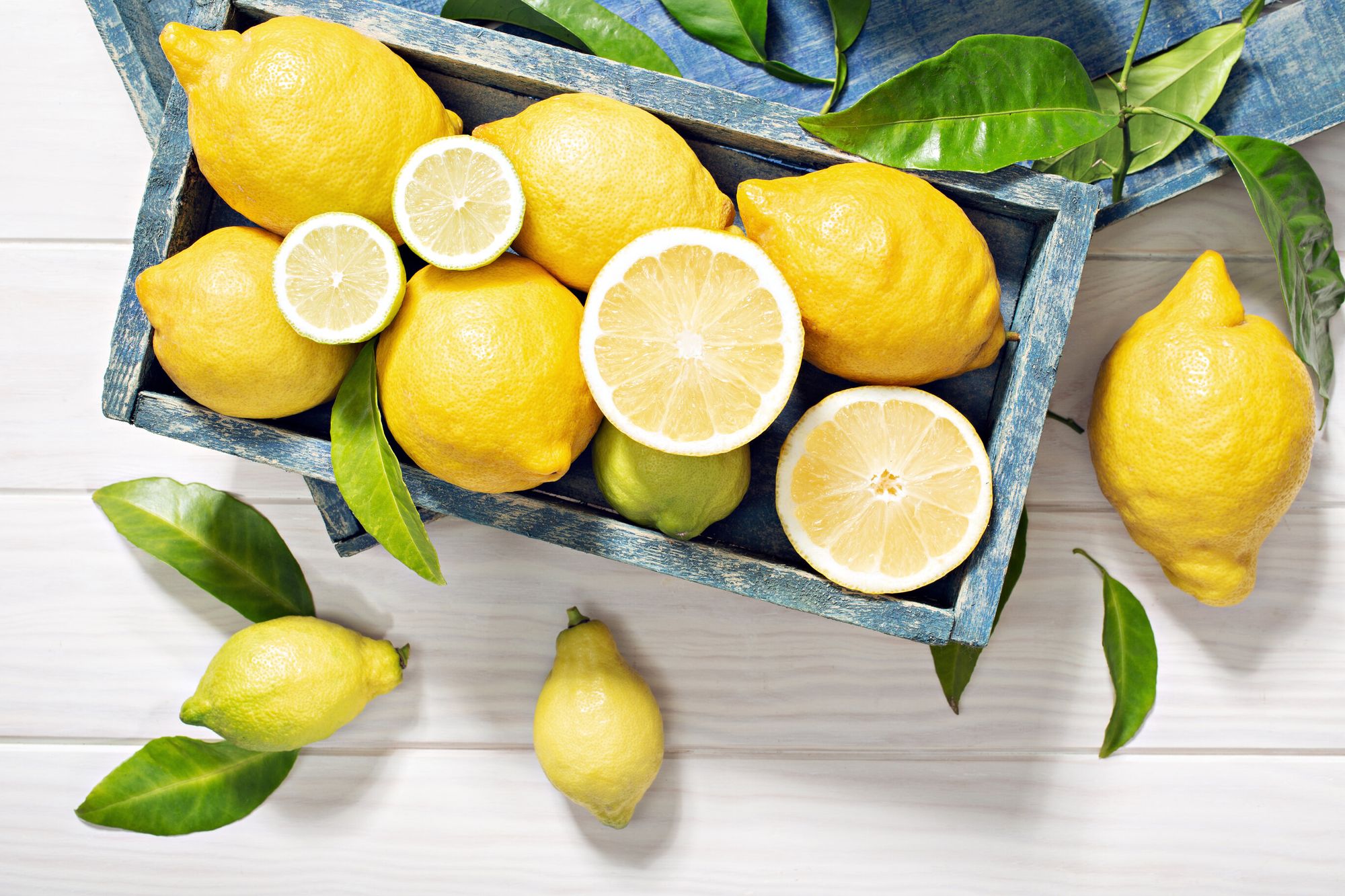
Fruit is generally known as one of the healthiest foods we can eat. However, some types of fruit are definitely healthier than others. For example, certain types of fruits are considered unhealthy fruits because of their high sugar content. Since some fruits are much higher in sugar, we have to wonder, is consuming this sugar bad for us even though it’s natural sugars from fruits? The truth is that the natural sugars in high-sugar fruits aren’t bad for your health, but eating high-sugar fruits in large doses could lead to weight gain, which is bad for your health.
The disadvantages of the supposedly unhealthy fruits likely won’t ever outweigh the advantages of eating fruit.
Simply put, even the ‘unhealthy fruits’ are still healthy.
In fact, most of the fruits that are deemed the less healthy types of fruit, are only being put on the ‘unhealthy’ column because of their higher calories. As a whole fruit, however, these foods still contain many health benefits.
However, the time when it’s actually appropriate to use the term unhealthy fruits is when you’re referring to something like candied fruits, where fruit is made into candy with added sugar.
Below are some types of fruit that might be found in stores and legitimately qualifies as pretty unhealthy fruits:
Types of Fruit to Avoid
When is fruit used to produce an unhealthy product? And if not unhealthy per se, when is fruit less healthy?
Below are some types of fruit to avoid buying at the store:
1. Dried Fruit
Whole, fresh fruit will always be healthier than dried fruit. Raisins, dates, and similar fruits generally contain more carbs, calories, and sugar in one handful than their fresh fruit counterparts. For instance, 150 grams of dried dates contains around 101 grams of sugar and 451 calories.
2. Candied Fruit
Typically made by soaking fruit in sugar syrups, candied fruits contain high calories, a lot of sugar, and significant levels of carbohydrates. Sometimes candied fruits are also dried fruits, or fruits powdered in added sugar.
3. Chocolate-Covered Fruit
If someone tells you that it’s always a healthy choice to eat fruit as a snack, no matter what, please know that’s not true.
Chocolate-covered fruit is not a healthy snack. Even if the chocolate coating is dark chocolate which is healthier than milk chocolate, it’s still a candied fruit inside, and it’s not a healthy snack the same way sliced apples are a healthy snack.
4. Fruit Juices
Natural fresh fruit juice made at home is generally less problematic, but fruit juices purchased at the store typically contain additives, preservatives, and added sugar. One study found that regularly drinking fruit juice can lead to poor blood sugar control.
5. Canned Fruits
Canned fruits, similar to candied and dried fruits, are a form of preserved produce and typically are considered the unhealthy fruits. They often contain additives, and additional sugars in the waters used to keep your food in good condition.

Unhealthy Fruits Due to Their Acidity
Notably, certain kinds of acidic fruit can cause specific problems for people with pre-existing health conditions. For instance, if you have acid reflux, highly acidic fruits from the citrus family, such as limes, lemons, and oranges, can aggravate your condition.
People with acid reflux are more likely to struggle with eating tomatoes and grapefruit as well. If you have a dietary issue or a digestive health concern, it may be worth keeping a food diary where you can track your response to different fruits and be aware of symptoms after you eat these fruits.
Less Healthy Fruits Due to Their Calories or Sugar Content
Yes, some fruits such as avocados or bananas have more calories or more sugar than others. All this means is that you probably shouldn’t have 5 avocados or 6 bananas.
We don’t consider any of the below foods to be truly unhealthy, but below are some fruits that have higher sugar content and/or higher calories.
Lychee: While rich in vitamin C, potassium, and copper, Lychee is also high in calories and sugar. 190 grams of lychees will contain around 29 grams of sugar.
Oranges: One large orange contains a huge amount of Vitamin C, Vitamin A, and even some iron. However, it also has around 16g of sugar.
Avocados: Avocados are one of the healthiest fruits, but they’re also quite high in calories, so try to limit your intake to just one. One medium avocado is typically over 200 calories.
Bananas: Bananas are a great source of potassium, and include both vitamin A and C. However, a single medium-sized banana also contains 100 calories.
Figs: Figs are a delicious source of Vitamin C, A, Calcium, and Iron. However, one small fig contains over 40 calories, so a handful of figs could quickly ruin your caloric deficit.

Unhealthy Fruits Due to Allergies
One of the main reasons certain fruits are unhealthy fruits is because of allergies. In fact, the loophole here is that if you’re allergic to certain fruits, they now legitimately become unhealthy fruits.
It’s important to find out what foods you’re allergic to or sensitive to via a blood test. A DNA test can also help you learn about possible food intolerances, as well as the optimal diet plan for you, based on your DNA.
How to Eat the Right Fruits
Fruit should always be an essential part of a healthy, balanced diet. However, if you’re trying to achieve specific goals, such as losing weight, creating a caloric deficit, or controlling your sugar intake, you may need to be cautious around certain types of fruit. While most fruits provide many important vitamins and nutrients, other fruits can have components that detract from their advantages.
Make sure you know the calorie and sugar levels of each fruit you eat, and avoid any fruits that are not fresh and whole produce. At the same time, be mindful of your personal response to different kinds of fruit, and how different foods influence your health. Track how you react to different fruits using a food diary, so that you can find out if you have any possible allergies to any fruits, or negative reactions.
Here is a list of some of the healthiest fruits out there, if you’re looking to add fruit to your diet and you’re curious which fruits might be best to add. Remember that a variety of fruits is always a good idea, since different fruits provide different health benefits.






